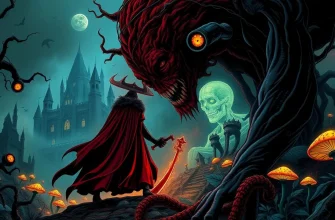Delving into the realm of fantasy, this collection of films offers a unique perspective on mental health issues. By weaving together elements of magic, surrealism, and psychological depth, these films provide not only an escape but also a profound exploration of the human mind. They serve as a bridge between the fantastical and the real, offering insights into mental health through the lens of imagination, making them invaluable for those seeking both entertainment and a deeper understanding of psychological themes.
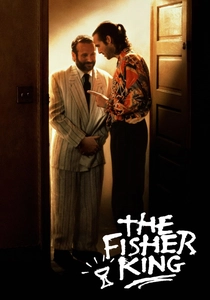
The Fisher King (1991)
Description: This film intertwines the myth of the Holy Grail with the story of a radio shock jock seeking redemption through helping a homeless man with mental health issues. It's a poignant look at redemption, grief, and the healing power of fantasy.
Fact: Robin Williams improvised much of his dialogue, adding depth to his character's portrayal of mental illness.
 Watch Now
Watch Now
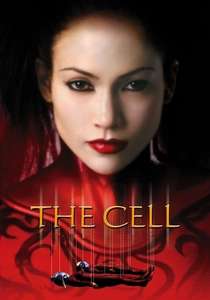
The Cell (2000)
Description: This film takes us inside the mind of a comatose serial killer, where a therapist must navigate his twisted psyche to save his latest victim. It's a psychological thriller wrapped in a surreal, dreamlike fantasy, exploring themes of schizophrenia and dissociative identity disorder.
Fact: The film was inspired by the works of Salvador Dalí and H.R. Giger, giving it a unique visual style.
 Watch Now
Watch Now

The Others (2001)
Description: This gothic horror film uses the setting of a haunted house to explore themes of isolation, grief, and the psychological impact of living with a rare condition. The fantasy elements come from the supernatural occurrences that blur the lines of reality.
Fact: The film was shot in Spain, with the house being a key character in the story.
 Watch Now
Watch Now
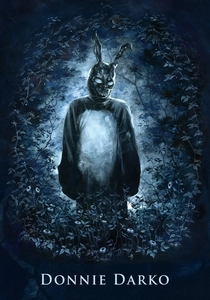
Donnie Darko (2001)
Description: A cult classic, this film blends time travel, alternate realities, and mental health issues, focusing on a troubled teenager who sees visions of a giant rabbit. It delves into themes of depression, anxiety, and existential crises.
Fact: The film was shot in just 28 days, and its initial release was overshadowed by the 9/11 attacks.
 Watch Now
Watch Now
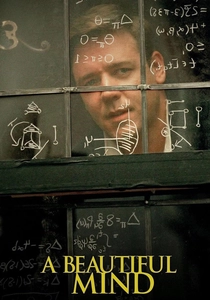
A Beautiful Mind (2001)
Description: While not strictly fantasy, this film uses visual metaphors and dream sequences to portray the life of John Nash, a mathematician with schizophrenia. The fantasy elements come from the portrayal of his hallucinations, making it a poignant exploration of mental illness.
Fact: Russell Crowe won an Academy Award for Best Actor for his role as John Nash.
 Watch Now
Watch Now
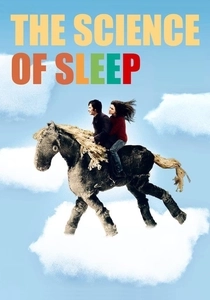
The Science of Sleep (2006)
Description: A surreal exploration of dreams and reality, this film follows a man whose vivid dreams start to interfere with his waking life. It delves into themes of creativity, loneliness, and the blurred boundaries of mental health.
Fact: Michel Gondry, the director, is known for his innovative use of practical effects and handmade sets.
 Watch Now
Watch Now
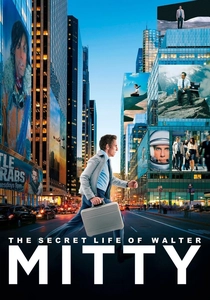
The Secret Life of Walter Mitty (2013)
Description: While more of a feel-good adventure, this film uses Walter's daydreams to explore themes of escapism, anxiety, and the desire for a more meaningful life. The fantasy elements are Walter's elaborate fantasies, providing insight into his mental state.
Fact: The film was inspired by a short story by James Thurber, first published in
 Watch Now
Watch Now

The Skeleton Key (2005)
Description: While primarily a horror film, it delves into themes of dementia and the supernatural, exploring the thin line between reality and belief in magic. It's a psychological journey through the mind of a caregiver and her patient.
Fact: The film was shot in New Orleans, utilizing the city's rich history of voodoo and hoodoo.
 Watch Now
Watch Now
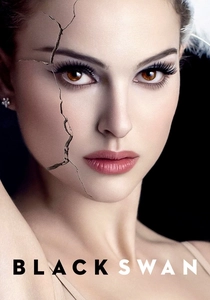
Black Swan (2010)
Description: A ballet dancer's pursuit of perfection leads her into a psychological spiral, blurring the lines between reality and fantasy. The film explores themes of obsession, identity, and the pressure of performance, with elements of fantasy in its hallucinatory sequences.
Fact: Natalie Portman trained for a year to perform the ballet sequences, losing 20 pounds in the process.
 Watch Now
Watch Now

Shutter Island (2010)
Description: Set in the 1950s, this psychological thriller follows a U.S. Marshal investigating the disappearance of a patient from a psychiatric hospital. The film uses dream-like sequences and hallucinations to explore themes of guilt, trauma, and identity.
Fact: The film was based on the novel by Dennis Lehane, who also wrote "Mystic River" and "Gone, Baby, Gone."
 Watch Now
Watch Now




